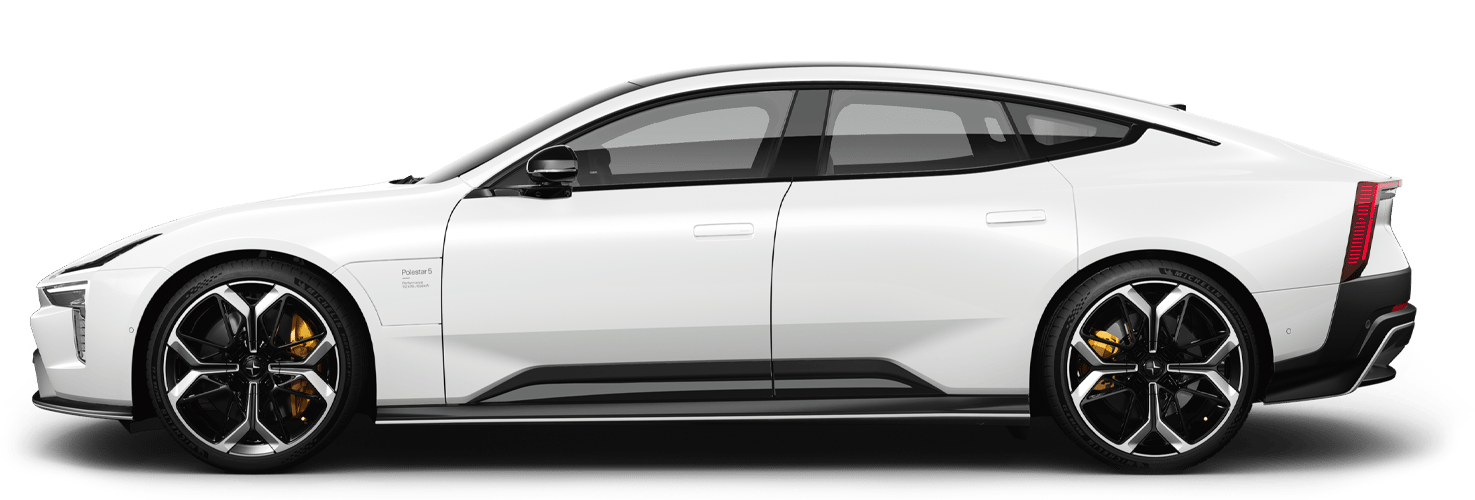Recommendations for loading
Payload depends on the car's kerb weight. The total of the weight of the passengers and all accessories reduces the car's payload by a corresponding weight.
Warning
Loading the cargo area
- Position the load firmly against the rear seat's backrest.
- Heavy objects should be placed as low as possible. Avoid placing heavy loads on lowered backrests.
- Cover sharp edges with something soft to avoid damaging the upholstery.
- Secure all loads to the load retaining eyelets with straps or web lashings.
Warning
Warning
Warning
Always secure the load. During heavy braking the load may otherwise shift, causing personal injury to the car's occupants.
Cover sharp edges and sharp corners with something soft.
Use the parking brake when loading/unloading long objects.
Extending the cargo area
The rear seat backrests can be folded down to extend the cargo area and simplify loading. Note that no objects should impede the function for the Whiplash Protection System (WHIPS) in the front seats if any of the rear seat backrests are folded down.
A through-load hatch in the rear seat can be folded down when transporting long and narrow loads.





